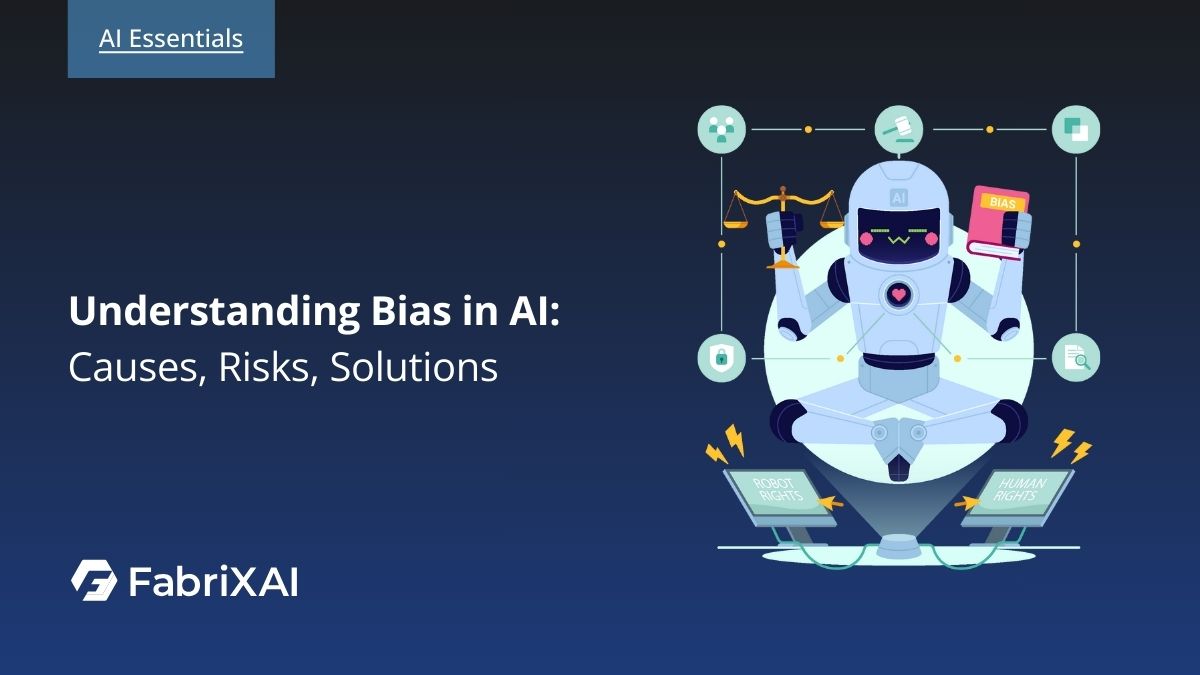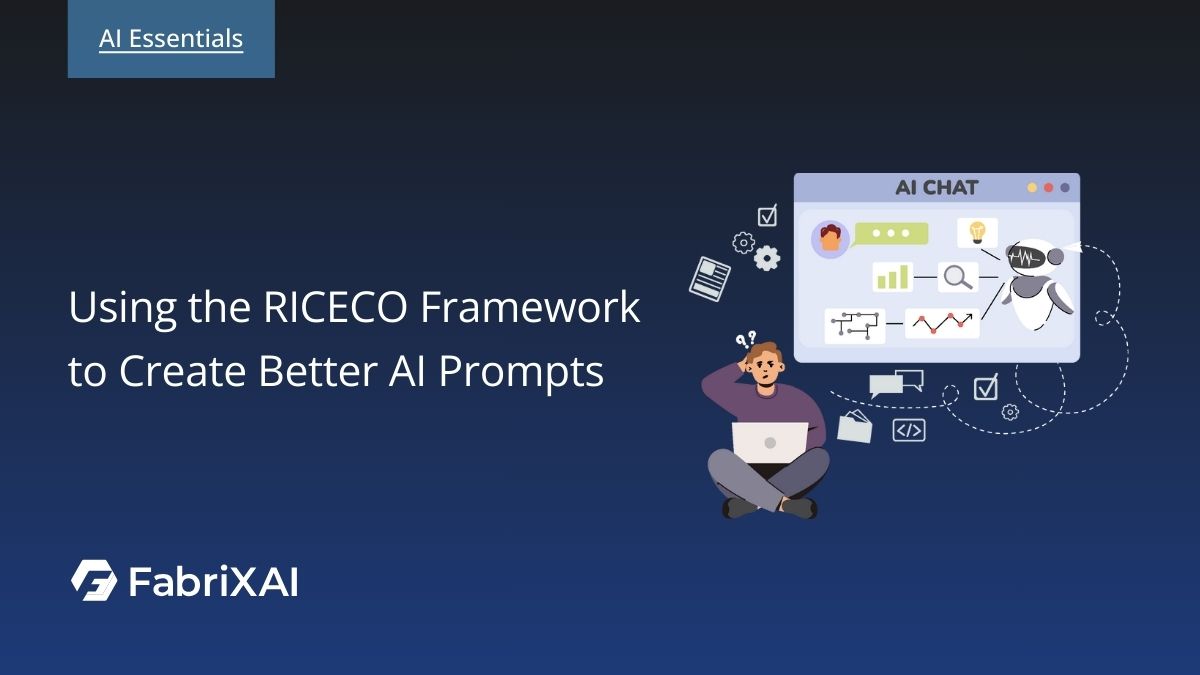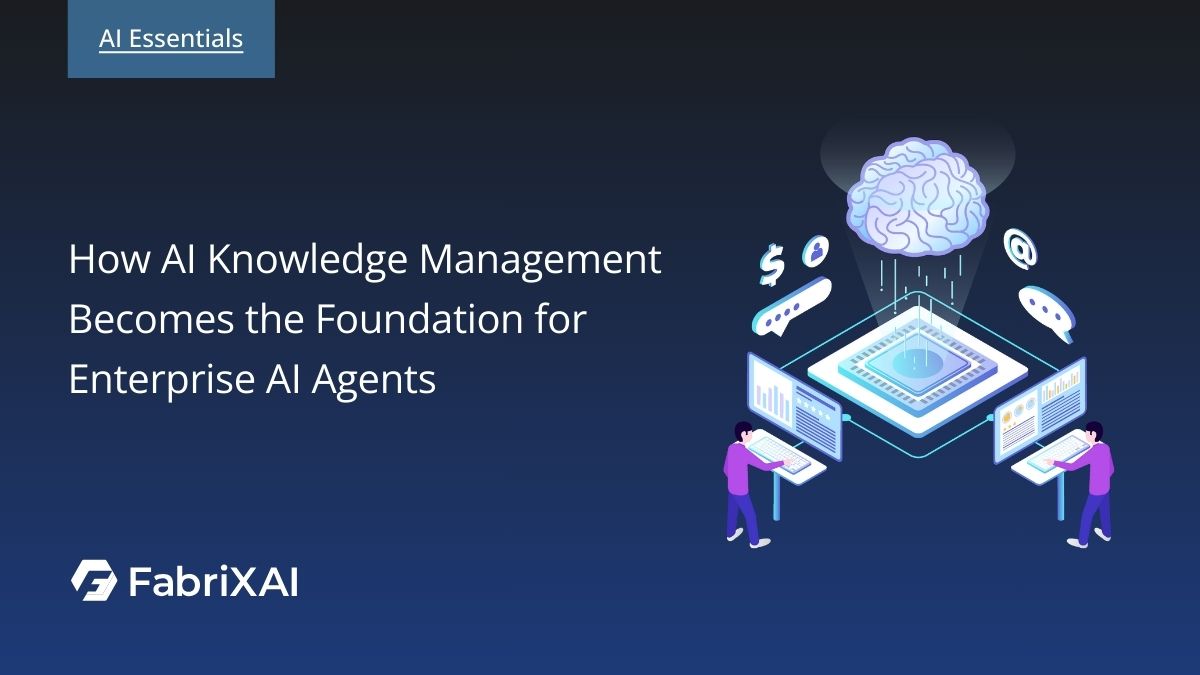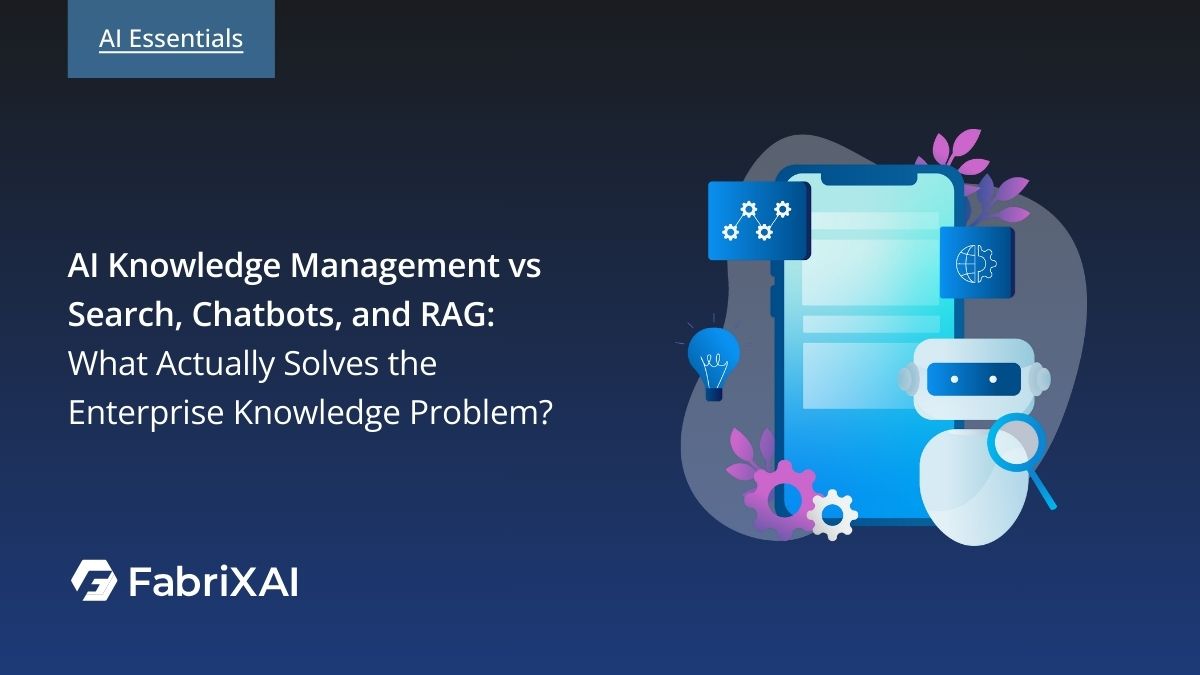Understanding Bias in AI: Causes, Risks, and Solutions

AI systems can unintentionally absorb and amplify human biases, which may result in discriminatory outcomes. Such bias is not merely a technical issue but a broader societal challenge with significant real-world consequences. Creating fair and equitable AI requires a clear understanding of the sources of bias and careful examination of real examples where biased algorithms have led to discrimination.
Types and Sources of Bias in AI
AI biases generally stem from two main sources: biased data and biased algorithms. Often these biases are intertwined, as biased training data and flawed model design reinforce one another.
Data-Driven Bias
Many forms of bias in AI originate from the training data. When the data used to train a model is unrepresentative or reflects historical prejudices, the system is likely to replicate those patterns. For instance, if a hiring model is trained on past resumes from a company that predominantly employed men, it will tend to favor male candidates. Bias can also arise through selection bias, where the sample does not reflect the broader population, or through historical bias, where data embodies past discriminatory practices. In addition, biased or inconsistent data labeling may introduce human prejudices directly into the system. Ultimately, the principle of “garbage in, garbage out” applies: models built on flawed data will produce results that are equally flawed and unfair.
Algorithmic Bias
Biases can also be introduced by the design of the AI system or its objectives. Developers may unintentionally embed their own assumptions or create decision rules that favor certain groups. For example, an algorithm may rely on a proxy variable such as a ZIP code to represent income, which can unintentionally correlate with race or ethnicity. Similarly, an AI model might be optimized for a particular metric, such as reducing healthcare costs rather than addressing actual health needs, which could result in advantages for one group over another. Such design choices can create systemic bias even when the input data itself appears fair. In addition, bias may be introduced in how the outputs of an AI system are interpreted and applied. If decision-makers use algorithmic recommendations in a prejudiced or inconsistent manner, the resulting outcomes will still be unfair.
Want to explore more on Algorithmic Bias? Check out more details on IBM's What is Algorithmic Bias?
Summary
Importantly, bias in artificial intelligence often mirrors the biases already present in society. Algorithms do not function in isolation; they are trained on human data and influenced by human decisions. Without deliberate efforts to mitigate these effects, AI systems can reinforce or even intensify existing inequalities. Acknowledging these underlying sources of bias is therefore an essential first step toward creating fairer and more equitable AI systems.
Real-World Examples of Discrimination
Bias in AI is not merely a theoretical concern, numerous real-world cases have demonstrated how AI systems can unfairly disadvantage certain groups. Across different sectors worldwide, these examples highlight the ways in which biased algorithms have led to discriminatory outcomes.
Predictive Policing
Bias in AI has also been observed in law enforcement tools outside the United States. In Colombia, researchers tested a predictive policing model using crime data from Bogotá and found clear evidence of bias. The system overestimated crime levels in certain neighborhoods by approximately 20% because it had learned from biased police reports. Communities that had more recorded reports, often those with a higher number of cases involving Black residents, were disproportionately flagged as high-crime areas. As a result, policing resources were misallocated, with minority neighborhoods unfairly targeted for increased surveillance. This case demonstrates that simply adding more data does not eliminate bias. When the underlying data reflects biased policing practices, such as disproportionate reporting or arrests of certain groups, the AI system will replicate and reinforce those same disparities.
Healthcare
In the healthcare sector, a significant case revealed how bias in an algorithm can directly influence life-altering decisions. A widely used health risk prediction tool in the United States was found to prioritize white patients over Black patients who had the same medical conditions. The algorithm measured healthcare spending as a proxy for medical need, a design decision that ignored the reality that Black patients often face reduced access to care and therefore have lower recorded expenditures. As a result, the system consistently underestimated the needs of Black patients. A study showed that this bias reduced the number of Black patients identified for high-risk care programs by more than half, dropping from nearly 50% of eligible patients to fewer than 20%. In practice, this meant that many Black patients who required additional care were overlooked, while their equally sick white counterparts were more often prioritized. This case illustrates how biased algorithms in healthcare can deepen existing health disparities. Encouragingly, once the problem was identified, the developers revised the algorithm, but doing so required conscious recognition of the bias and deliberate efforts to correct it.
Government and Public Services
Governments have also faced major scandals arising from biased use of AI. A striking example occurred in the Netherlands with an algorithm designed to detect childcare welfare fraud. The Dutch tax authority deployed a self-learning system intended to identify fraudulent claims, but in 2019 it was revealed that the algorithm had falsely accused tens of thousands of families of fraud, many of whom were low-income or from ethnic minority backgrounds. These families were ordered to repay benefits to which they were entitled, pushing many into severe poverty. The consequences were devastating: some parents lost custody of their children, with more than a thousand placed in foster care, and several individuals died by suicide in the face of financial and emotional despair. Known as the “toeslagenaffaire” scandal, the incident ultimately led to the resignation of the Dutch government. Later investigations showed that the algorithm had disproportionately targeted people with dual nationalities and other proxies for ethnicity, effectively automating discrimination. European regulators fined the agency and cited the case as a breach of human rights and data protection laws. This example highlights the urgent need for transparency, accountability, and oversight when governments deploy AI, as unchecked bias in public policy systems can cause immense harm to citizens.
Education
In 2020, when the COVID-19 pandemic made in-person examinations impossible, the United Kingdom government relied on an algorithm to estimate student A-level scores, producing highly controversial results. The system systematically downgraded the grades of students from less affluent schools, with nearly 40% of students receiving lower marks than those predicted by their teachers. In contrast, students from elite private schools benefited disproportionately: their top grades increased by 4.7% compared with the previous year, nearly double the increase observed in comprehensive schools. The outcome sparked widespread public outrage, with protests erupting across the country, including demonstrations. The government eventually reversed the algorithmic results in response to the backlash. This incident demonstrated how even educational algorithms, intended to provide objective outcomes, can inadvertently embed and amplify social inequalities. It also underscored the importance of accountability, as policymakers were forced to retract the AI-generated decisions in order to restore a sense of fairness.
Key Takeaway
Bias in AI is more than a technical flaw—it can reinforce discrimination, deepen inequalities, and erode trust in technology and institutions. When unchecked, biased systems can deny people opportunities, misallocate resources, and even violate fundamental rights such as fairness, dignity, and privacy. These harms are not abstract; they manifest in areas as critical as healthcare, education, government services, and law enforcement, where biased outcomes can have life-altering consequences.
To prevent such impacts, organizations must recognize that AI systems are only as fair as the data, design choices, and governance frameworks that shape them. Addressing bias requires transparency, accountability, and continuous monitoring, alongside deliberate efforts to include diverse perspectives in development. Ultimately, fair and responsible AI depends on an ethical commitment to equity, inclusion, and human rights, ensuring technology benefits everyone rather than amplifying existing social divides.
Frequently Asked Questions
1. What causes bias in AI?
Bias often comes from training data that reflects societal prejudices or from flawed design choices in algorithms.
2. Why is bias in AI harmful?
It can reinforce inequalities, deny opportunities, misallocate resources, and even violate human rights in critical areas like healthcare, education, or finance.
3. Can AI ever be completely free of bias?
Not entirely. But continuous monitoring, diverse data, and fairness audits can greatly reduce bias and its harmful impact.
4. How can developers prevent bias in AI?
By using inclusive datasets, testing for bias regularly, applying fairness techniques, and involving diverse perspectives in system design.
5. What happens when governments use biased AI?
Biased AI in public services can cause massive harm—wrongful penalties, loss of trust, and even violations of human rights.



